11 Places to Visit in Europe in 2025: List for Every Budget
10 min read 
Europe has always held a kind of magic for me. It started with a well-worn travel book about Malta I found in the back of my grandmother’s closet, filled with handwritten notes and recipes she’d jotted down during her time there.
Since then, I’ve spoken with fellow travelers, swapped stories in hostels and cafés, and slowly pieced together a wish list of places that felt both iconic and under-the-radar. I finally made the journey this past year, and every stop revealed something unforgettable.
With a little preparation, a rail pass, and an adventurous spirit, exploring Europe can be both accessible and endlessly rewarding.
This is your Europe travel guide for 2025, written with heart, memory, and a bit of jet lag. It’s likely the best Europe travel guide you’ll come across this year!
Málaga, Spain: A Gem of Europe Travel
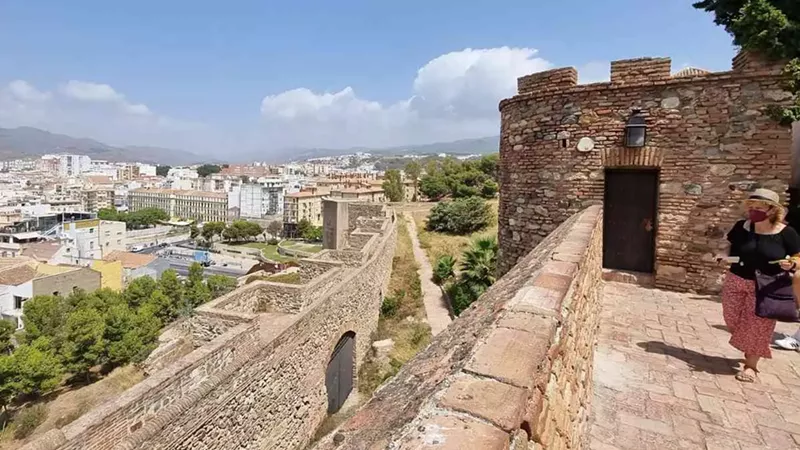
When I arrived in Málaga, the scent of grilled sardines and the hum of evening chatter told me I’d landed in a city that thrives on soul and sunshine. Picasso’s birthplace blends the buzz of modern Spain with layers of deep history.
The Alcazaba fortress offers sweeping city views, and wandering the old town’s cobbled streets feels like a time warp. I took a tapas tour that led me to tucked-away bodegas pouring local vermouth, and I lost track of time in the Picasso Museum.
The beach was an unexpected bonus: golden sand and swimmable waters, steps from the city center. Street musicians filled the air with flamenco as I sat under fairy-lit trees in Plaza de la Merced.
I also explored the Centre Pompidou Málaga, which offered a surprisingly contemporary twist to the city’s more classical sights. The street art in the Soho District added a splash of color and creativity that matched the locals’ energy.
Málaga may be a gateway to the Costa del Sol, but it deserves to be a destination all on its own.
Reykjavík, Iceland: A Land of Ice and Fire
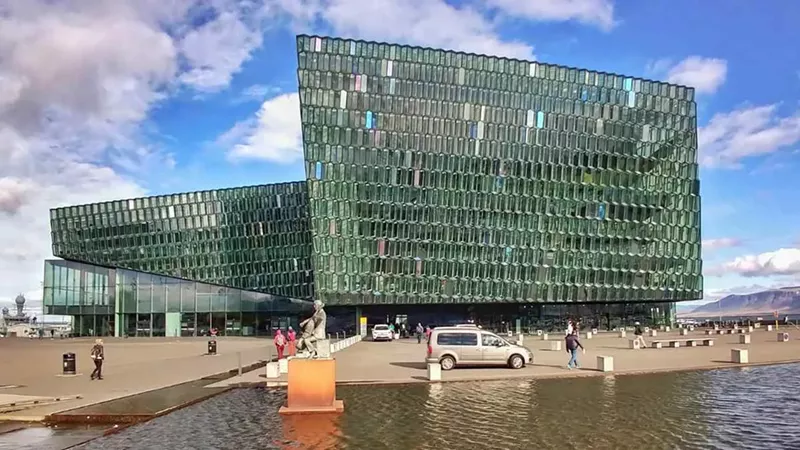
There’s a silence in Reykjavík that feels otherworldly. It’s not empty, just pure. Walking through the capital of Iceland in the early morning, I watched the sun barely dip below the horizon, painting the sky in surreal colors.
European travel often centers around museums and castles, but here, the landscape is the star.
I soaked in geothermal waters and took a boat tour where puffins outnumbered people. Hallgrímskirkja, with its soaring tower, became my compass as I explored.
I even joined a local food tour, where I tried fermented shark (just once, as I was attempting to be as daring as I could).
There were plenty of opportunities to hike outside the city, including to a thermal river trail. Here, steam curled around mossy rocks, and the water was warm enough to bathe in.
The Reykjavík Art Museum offered a mix of modern and traditional works that gave me a deeper insight into Icelandic culture. Later, I browsed through Laugavegur Street’s quirky boutiques and record shops, where each storefront felt like a mini gallery.
Reykjavík felt like the future and the past, layered together most poetically. Bring plenty of layers; it’s chillier than expected, even in summer.
Mdina, Malta: A Must When Traveling Europe
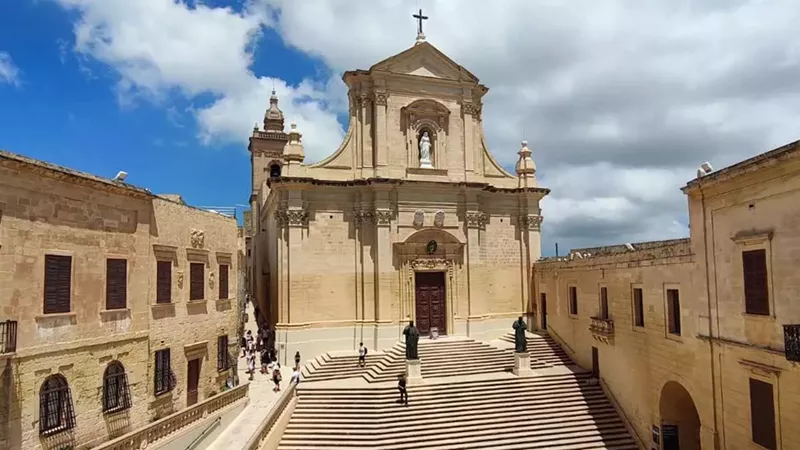
Mdina doesn’t raise its voice; it whispers, which makes it unforgettable.
This walled city in Malta is the kind of place where you wander without a map. Amber-stone alleyways, hand-painted doors, and the quiet echo of your footsteps make it feel like a dream.
History breathes through every stone, from medieval chapels to secret courtyards. I visited St. Paul’s Cathedral, ducked into artisan shops selling glasswork and honey, and lingered over pastizzi with irkotta (the Maltese version of the Italian ricotta cheese) at a hole-in-the-wall bakery.
Outside the gates, the view over the countryside is all golden hills and scattered olive groves. One afternoon, I visited the nearby catacombs in the adjacent city of Rabat, which added an eerie layer of depth to my understanding of the island’s long spiritual history.
Mdina’s city gates, immortalized in film, gave me goosebumps every time I passed through. The warm stone glowed with an almost holy light as I walked along the fortified walls at sunset. I’d heard Mdina called ‘The Silent City,’ and it lived up to the name.
No honking horns, no rush; just the feeling of being suspended gently in another time as horses and carriages clop past you. It’s a must on any itinerary when you travel in Europe.
Tbilisi, Georgia: A Must-See During Travel in Europe
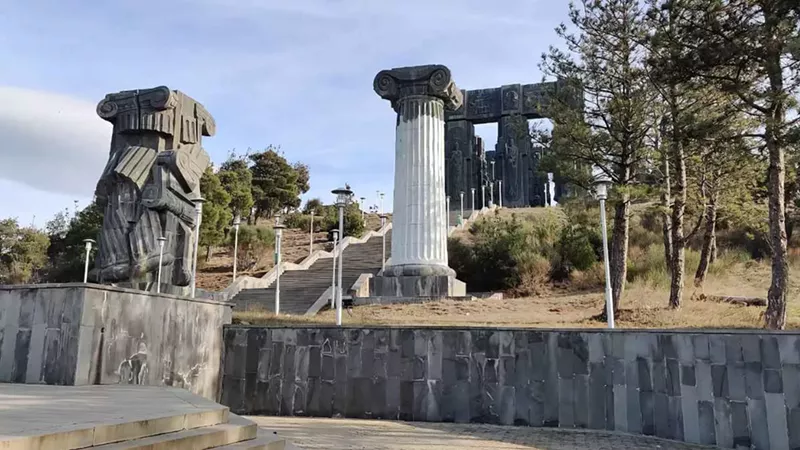
Tbilisi surprised me in every possible way. The mix of architectural styles—Byzantine, Neoclassical, and Soviet—creates a kind of organized chaos that’s endlessly photogenic.
However, it’s the people who made me fall even more in love with Georgia’s capital.
I wandered through the sulphur bath district, Abanotubani, where steam drifted from domed rooftops, then rode the funicular to Mtatsminda Park for sunset views. Every meal was a feast: khachapuri, grilled eggplant, and amber wine poured freely and with pride.
I explored the Chronicles of Georgia monument, a towering, often-overlooked site that left me speechless with its scale and storytelling. I strolled across the ultra-modern Bridge of Peace and watched locals dancing along the banks of the Kura River.
The city’s creative energy is everywhere—in basement jazz bars, contemporary art galleries, and streetside poetry slams. At one point, I even got lost in a bookshop café and made friends with the owner, who told me about Georgia’s long literary tradition!
Tbilisi is scrappy, soulful, and definitely on the rise.
Kraków, Poland: A City of Culture and Adventure
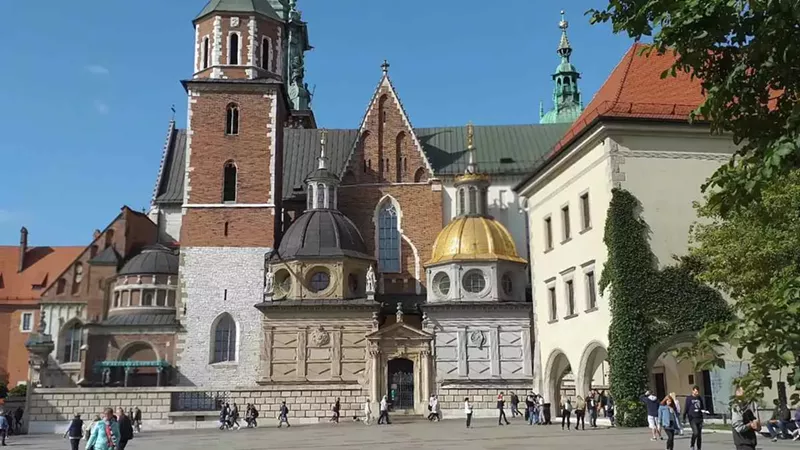
Kraków felt like the heartbeat of Poland’s past and present and quickly became one of my favorite cities in the world.
The Old Town’s market square is one of the largest in Europe, and I spent hours just people-watching from the steps of St. Mary’s Basilica. A trumpeter plays from the tower every hour—a haunting, beautiful sound that cuts through the city’s noise.
I visited Wawel Castle, strolled along the Vistula River, and took an exciting and intriguing trip into the depths of Poland’s underground at Wieliczka Salt Mine.
Of course, Kraków also buzzes with life. I excitedly signed up for a pierogi-making class and left with flour on my shirt and a belly full of the delicious dumplings. I explored the underground Rynek Museum beneath the main square, which brought the medieval city to life through immersive exhibits.
Planty Park, which encircles the Old Town, became my daily walking route—peaceful, green, and full of people enjoying simple pleasures. Kazimierz, the old Jewish quarter, was a highlight. Vibrant street art, flea markets, and cozy restaurants made it my favorite neighborhood.
Traveling Europe means brushing up against joy and sorrow, and Kraków held both gracefully.
Matera, Italy: One of the Oldest Cities in the World
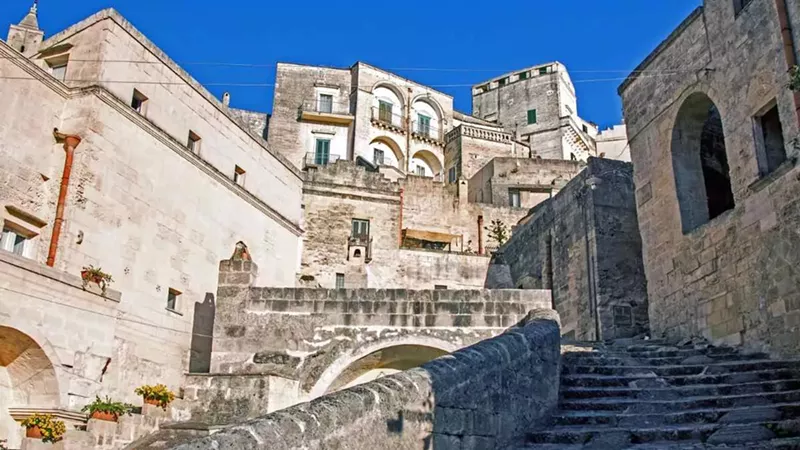
Matera settled upon me like a poem carved in stone. Carved into a canyon in southern Italy’s Basilicata region, this ancient city offers an architectural landscape unlike anywhere else in Europe.
The Sassi’s network of cave dwellings creates a layered history you can walk through. As I wandered narrow paths that zigzagged along rock faces, I felt like I had stumbled into a forgotten chapter of human history.
This is unsurprising when you’re walking through the world’s third-oldest city!
Churches carved into limestone cliffs, rock-hewn chapels with fading frescoes, and lantern-lit alleys made every step feel sacred. The quiet hush over the city adds to its almost spiritual atmosphere. I spent one morning at a local artisan studio learning about traditional ceramics, then climbed to a panoramic viewpoint that overlooked rooftops and ancient cisterns.
The hues change with the light: warm ochres in the morning and dusty greys by evening. Matera is the kind of place that imprints itself on your memory. It’s raw, reflective, and captivating, making it a must-see on any serious Europe travel guide.
Galway, Ireland: European Travel at its Best
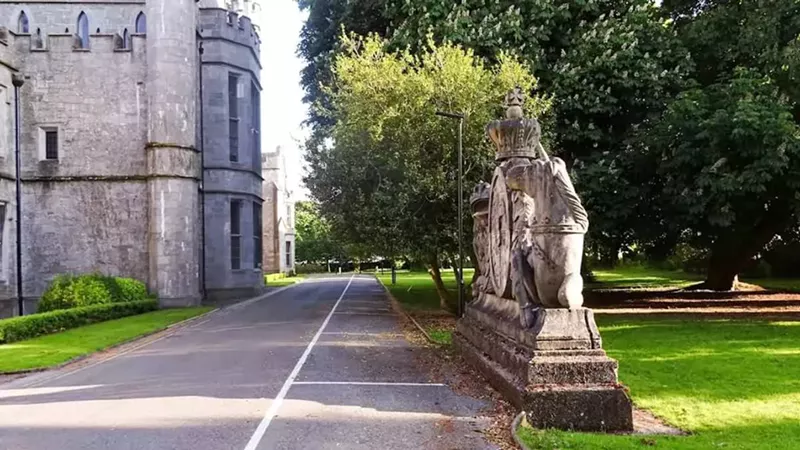
Like the Irish people, Galway wears its heart on its sleeve.
It’s where buskers sing like it’s their last performance, pubs pulse with laughter and fiddles, and the Atlantic air is as fresh as the local oysters. This harbor city is located on Ireland’s west coast and combines bohemian charm and rugged beauty.
Walking along the Salthill Promenade with the waves crashing beside me, I could feel the town’s rhythm—alive, but never hurried. I explored the Latin Quarter’s narrow lanes, vibrant with street art and shops selling Aran sweaters and handwoven scarves.
I joined a traditional music session one evening and danced with strangers who quickly became friends.
A day trip to the Cliffs of Moher added drama to the coastal backdrop, and the Connemara region just beyond offers rolling hills and mirror-like lakes that seem pulled from a painting.
Galway made me feel like I belonged, like I’d found a piece of home far from home.
Dubrovnik, Croatia: A Must in Every European Travel Guide
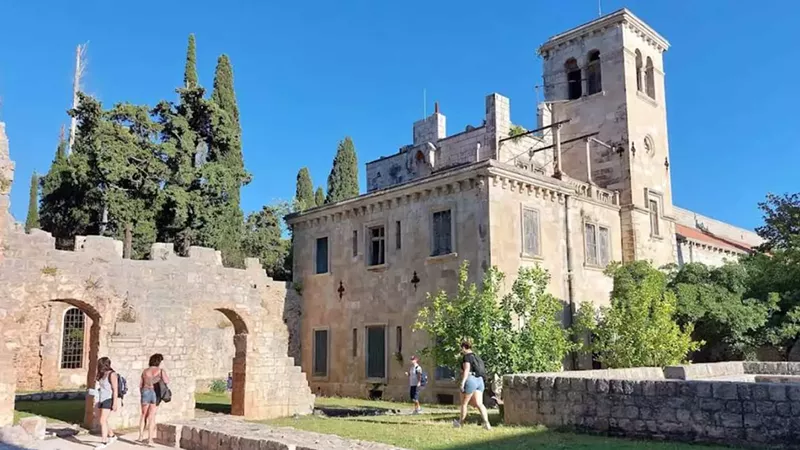
Dubrovnik is a city that dazzles.
From the first moment I stepped through the gates of the old town, encased in towering stone walls, it felt like I had entered a living museum. It’s not stuck in time, though; it pulses with energy, color, and the Mediterranean sun.
I walked the entire length of the city walls, marveling at terracotta rooftops and the azure Adriatic Sea that seemed to stretch forever. The limestone streets shine underfoot, worn smooth by centuries of footsteps.
I explored hidden stairways, ducked into local artisan shops, and watched children chase pigeons in sunlit plazas. The cable car ride to Mount Srđ gave me a panoramic view that brought tears to my eyes, and I could not recommend it more to folks making the trip here.
Naturally, I spotted several filming locations from Game of Thrones, which was a fun bonus. However, the real magic came in the quiet corners—in sea spray at sunset, in a perfect fig from the market, in the sound of waves lapping at the harbor.
Dubrovnik offers history, elegance, and an irresistible warmth.
Chester, England: How to Travel to Europe’s Lesser-Known Spots
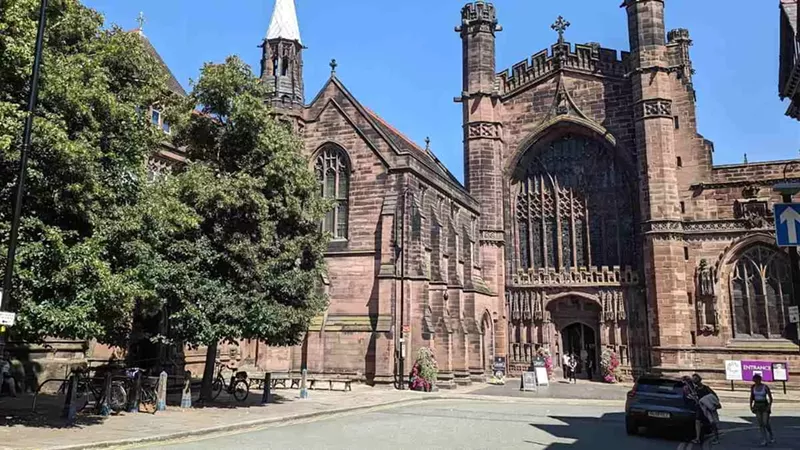
Chester feels like stepping into a storybook. With its black-and-white timber buildings, Roman walls, and flower-draped lanes, this English town blends history and charm in equal measure.
Located near the border of Wales, it’s often overlooked, but that just adds to its appeal.
I spent an afternoon walking the city walls, the oldest and most complete in Britain, peering down at winding streets and tucked-away gardens.
The Rows, Chester’s unique two-level shops, offered everything from vintage books to handmade jewelry. I visited the cathedral, where a choir rehearsal filled the air with beautiful music that gave me chills. Plus, the Roman amphitheater (still partly intact) brought ancient history vividly to life.
Chester is the kind of place where every turn brings a surprise, and every detail feels carefully preserved.
Copenhagen, Denmark: Visiting Europe Off the Beaten Path
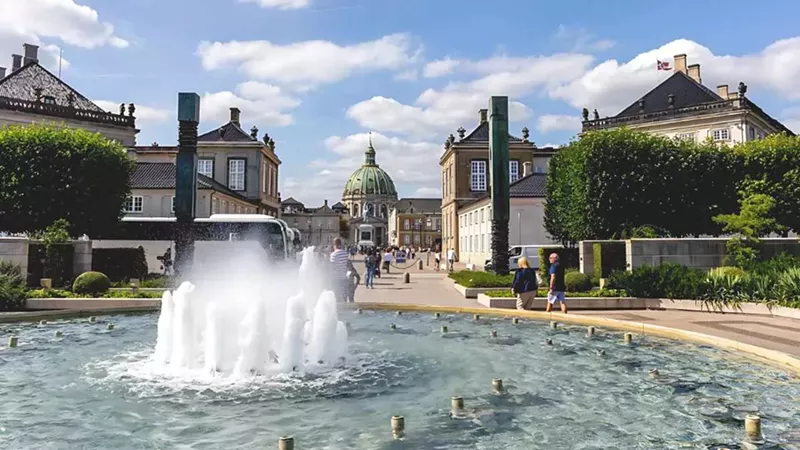
Copenhagen is cool without trying too hard.
Everything here seems effortlessly stylish, from the locals on bikes to the minimalist design of almost everything. Beneath the modern exterior is a city with soul, sustainability, and a deep appreciation for quality of life.
I started at Nyhavn, where colorful buildings and docked boats made for postcard-perfect photos. I rented a bike and joined the locals, pedaling to the Free Town of Christiania, which challenged every notion I had about urban living. I admired the royal grandeur of Amalienborg Palace and the modern art at Louisiana Museum, just a short train ride away.
Every pastry I ate was perfection (seriously, don’t skip the cardamom buns), and even the simplest hot dog from a street vendor tasted gourmet. The city’s green ethos is everywhere, from rooftop gardens to harbor baths.
Copenhagen makes you want to slow down, breathe deeply, and rethink your life.
Dresden, Germany: Reconstructed European History
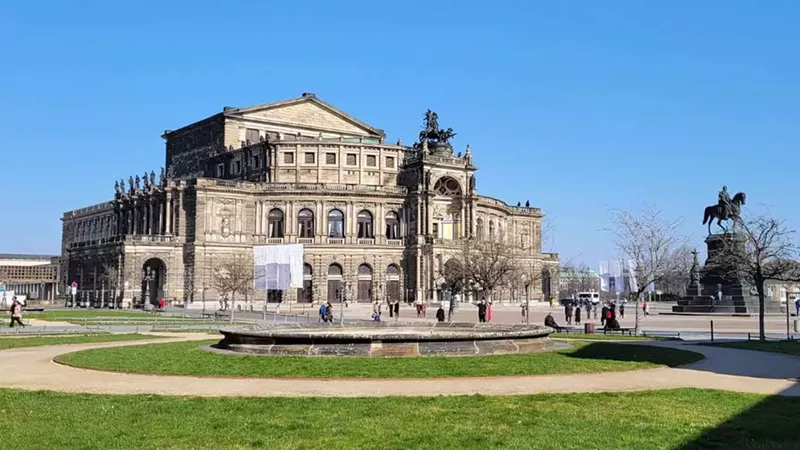
Dresden is a phoenix. After being almost entirely destroyed during World War II, it has risen with grace, care, and astonishing beauty.
Walking through the Old Town, I was struck by the meticulous restoration: every cornice, dome, and statue was lovingly rebuilt. That said, this isn’t a city stuck in its past; it’s dynamic, artistic, and full of surprises.
I wandered the Zwinger Palace complex, where fountains sparkled and galleries housed Old Masters. I crossed the Elbe River to the Neustadt district, which buzzed with indie shops, street murals, and a thriving café culture.
A walk along the Brühl’s Terrace, also known as the ‘Balcony of Europe,’ offered a serene view of the river and skyline. I even joined a classical music concert in a candlelit church that left me speechless.
Dresden challenges your expectations in the best way. It’s a city of resilience, creativity, and quiet grandeur. For those looking to travel Europe more meaningfully, Dresden is a destination that delivers depth and beauty.
Why You Need to Discover the Best Travel Destinations in Europe
After days spent wandering through ancient cities and modern marvels, listening to church bells echo across tiled rooftops or sipping espresso in sun-drenched historic squares, I felt changed in ways only travel can bring.
The best travel destinations aren’t always the most famous; they’re the ones that speak to you and that linger in your memory long after you’ve unpacked. Whether traveling solo, with friends, or with someone you love, the European travel guide of your dreams is ready to be written.
Pack light, carry curiosity, and let Europe show you why it’s a place people return to again and again.



